Grab is shrugging off the threat that Singapore might undo its acquisition of Uber’s Southeast Asia business after the ride-hailing firm announced a new strategy to become Southeast Asia’s one-stop “super app.”
The Competition and Consumer Commission Singapore (CCCS) last week said it may levy a fine or unwind the Uber-Grab deal but today Singapore-based Grab announced a push to beyond merely offering rides in Southeast Asia, a region of more than 600 million consumers.
Grab will now allow third parties to become a part of its service, which claims over 100 million downloads to date. ‘Grab Platform’ — as the initiative is called — allows partner companies to tap Grab’s scale to reach new customers and utilize other services. The first to sign up is grocery delivery company HappyFresh, which has developed a version of its service that’s integrated into the Grab app. HappyFresh, which has struggled to build a business in Southeast Asia, will enjoy Grab’s distribution and the opportunity to tap into Grab’s fleet and its GrabPay payment service. Grab declined to provide financial details of the partnership.
Grab co-founder Hooi Ling Tan said that Grab has plans to introduce APIs and, in time, make partner sign-up “significantly more self-serving so that even SMEs can leverage so the same assets that some of our larger partners have.”
Aside from related partner services, Grab is also bringing news, games and other content to its app, which is getting a design facelift to reflect the change. In the past, Grab’s app had opened to a ride-booking screen, but now it will load a list of services and content to reflect a more diverse set of options.
There’s actually nothing new there. That approach is very much similar to Go-Jek, Grab’s rival which dominates Indonesia and is expanding across Southeast Asia and first pioneered the concept of on-demand services in Southeast Asia. The Grab refresh also takes cues from China’s Meituan, a super app company that invested in Go-Jek and is going public in Hong Kong, and blockbuster Chinese apps WeChat from Tencent and Alipay.
“All of this is aimed to help our consumer experience become Southeast Asia’s everyday super app,” Tan said at a press event at the Rise conference in Hong Kong.
Grab recently raised $1 billion from Toyota — a deal that represents the largest ride-sharing investment from an automaker — and Tan hinted that the company could be profitable.
“We are already profitable in some of our markets and especially the more mature ones [and] we are in a position to continue investing into growth,” Tan explained. There’s a “strong path to profitability but we’ve made an active decision to continue growing because we know that there’s so much potential there.”
Grab said last month that it is on course to reach $1 billion in revenue for 2018, and Tan added that GMV has jumped by nine-fold over the past 12 months. While Tan declined to discuss profit or loss figures, she did say that Grab has now crossed two billion rides having clocked its first billion back in November 2017.

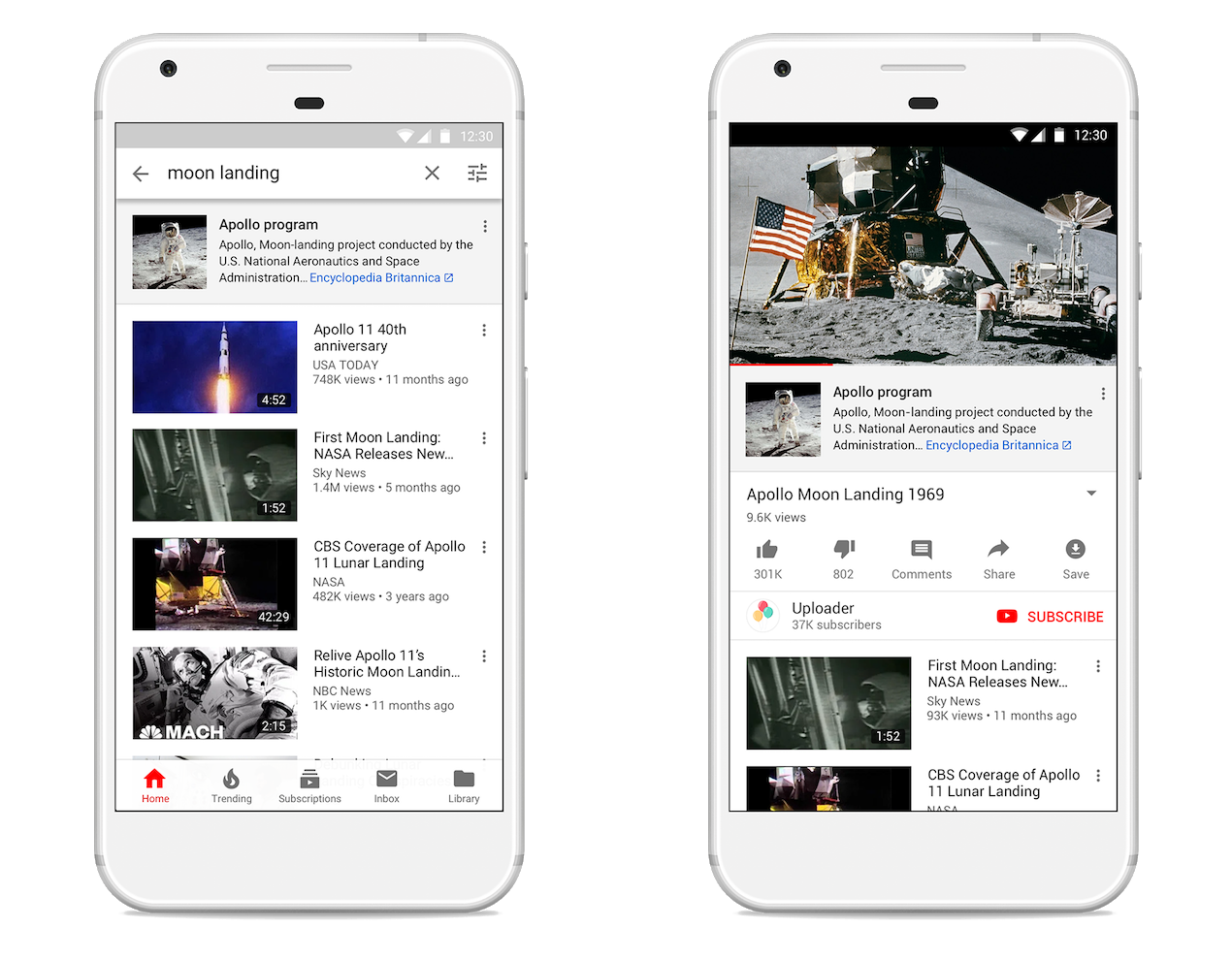
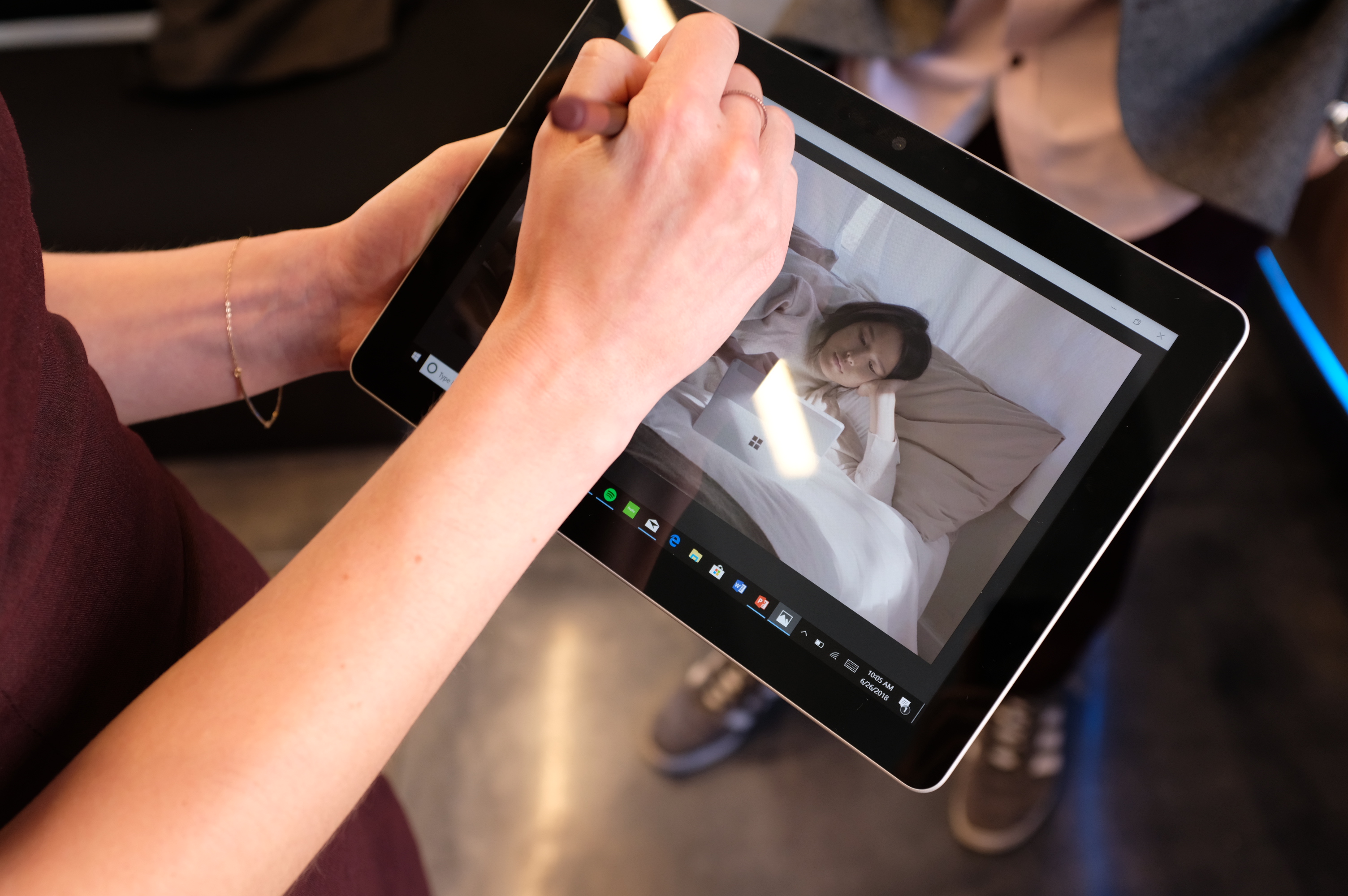
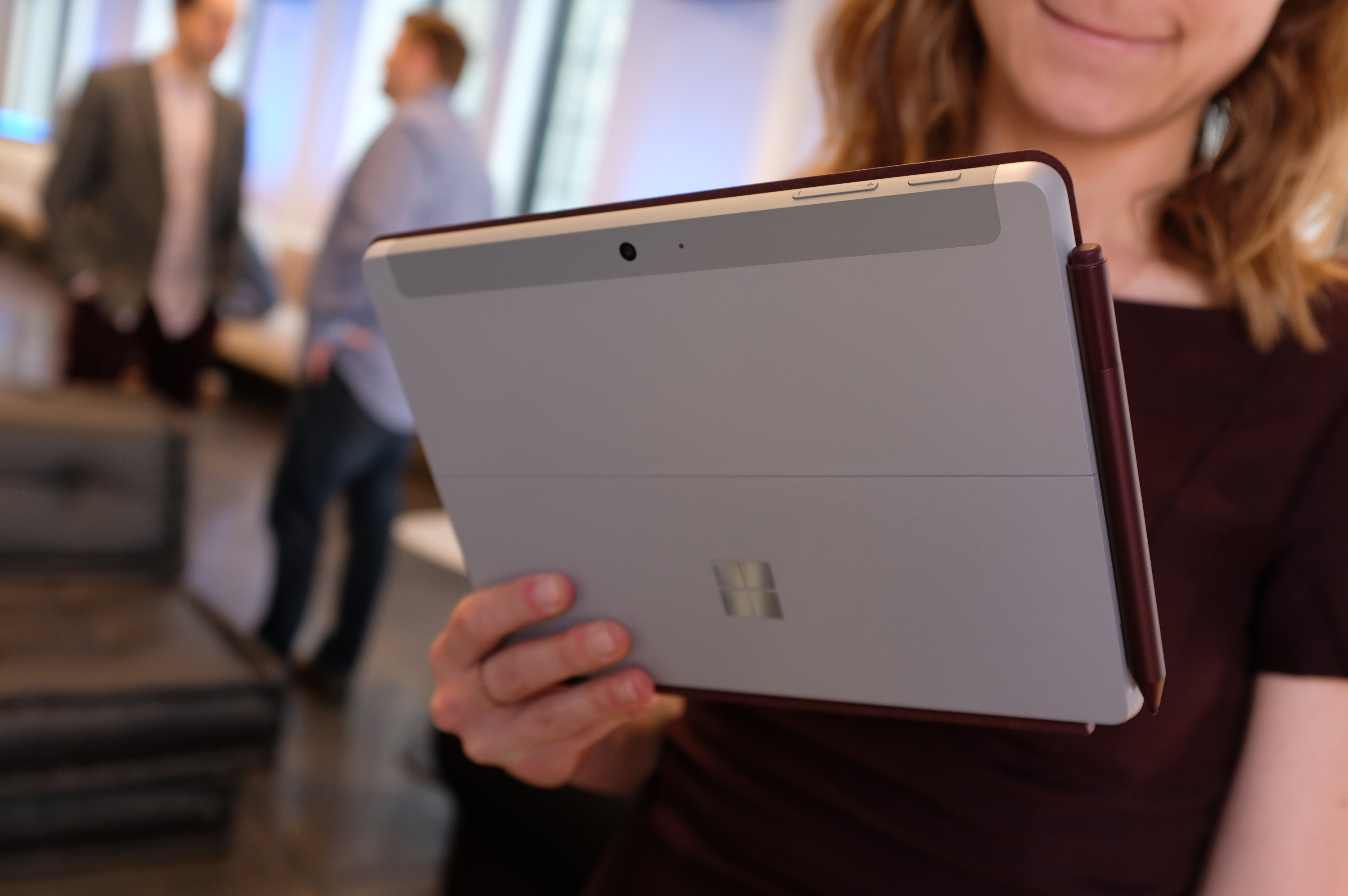
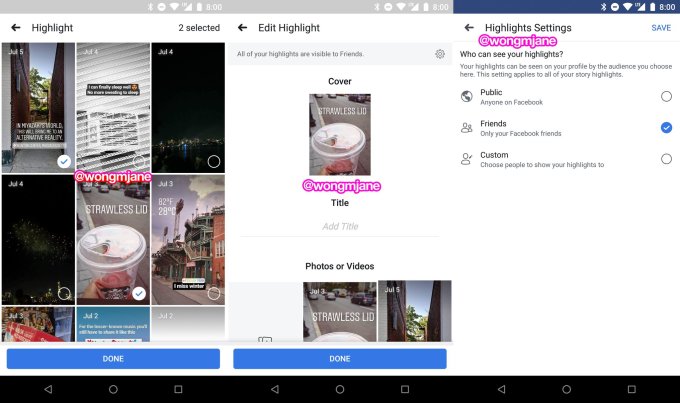


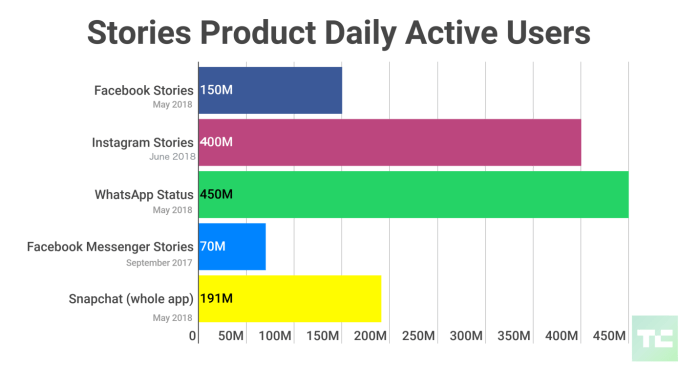


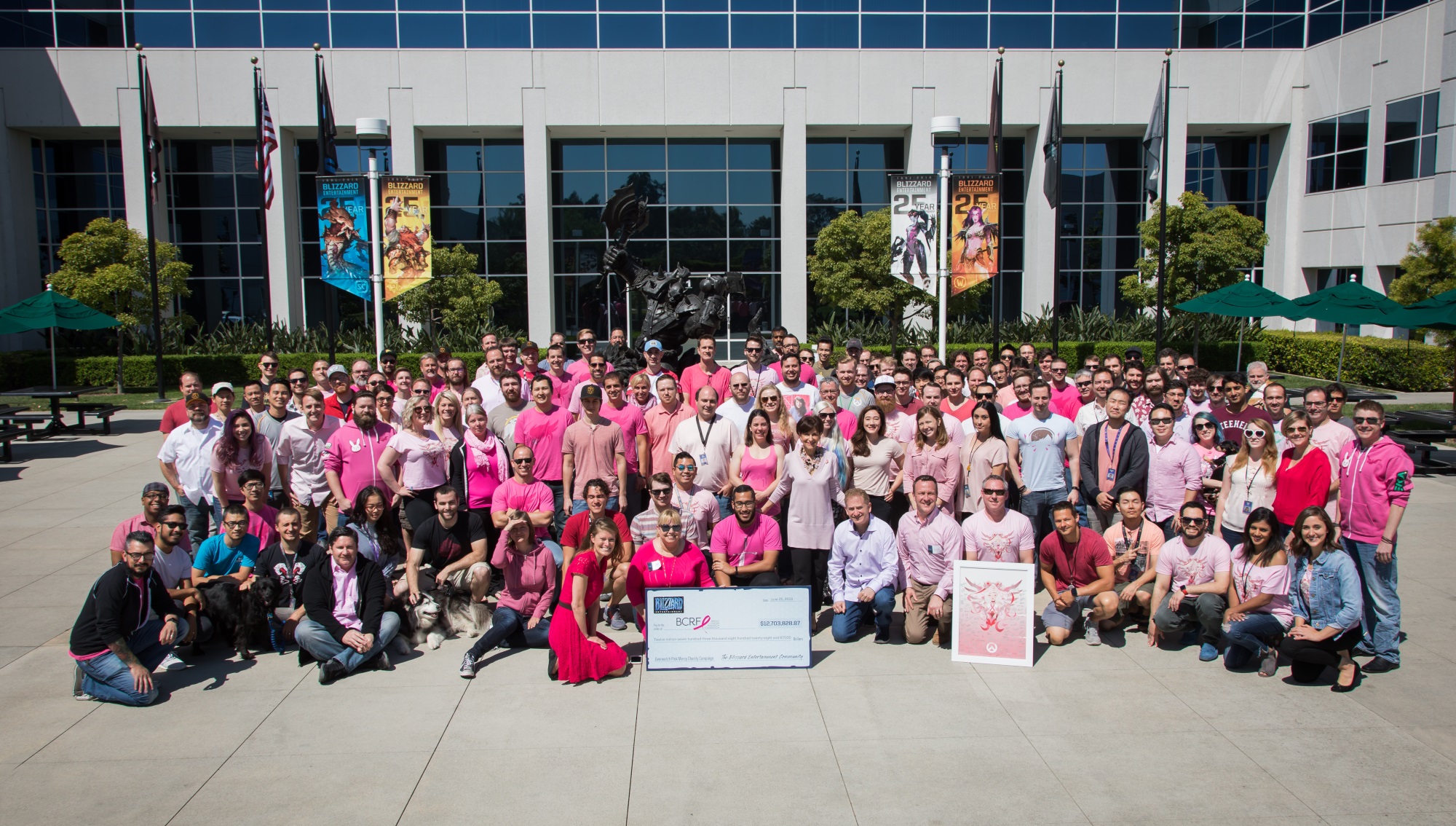 And this is by no means the only big gaming charity event.
And this is by no means the only big gaming charity event.